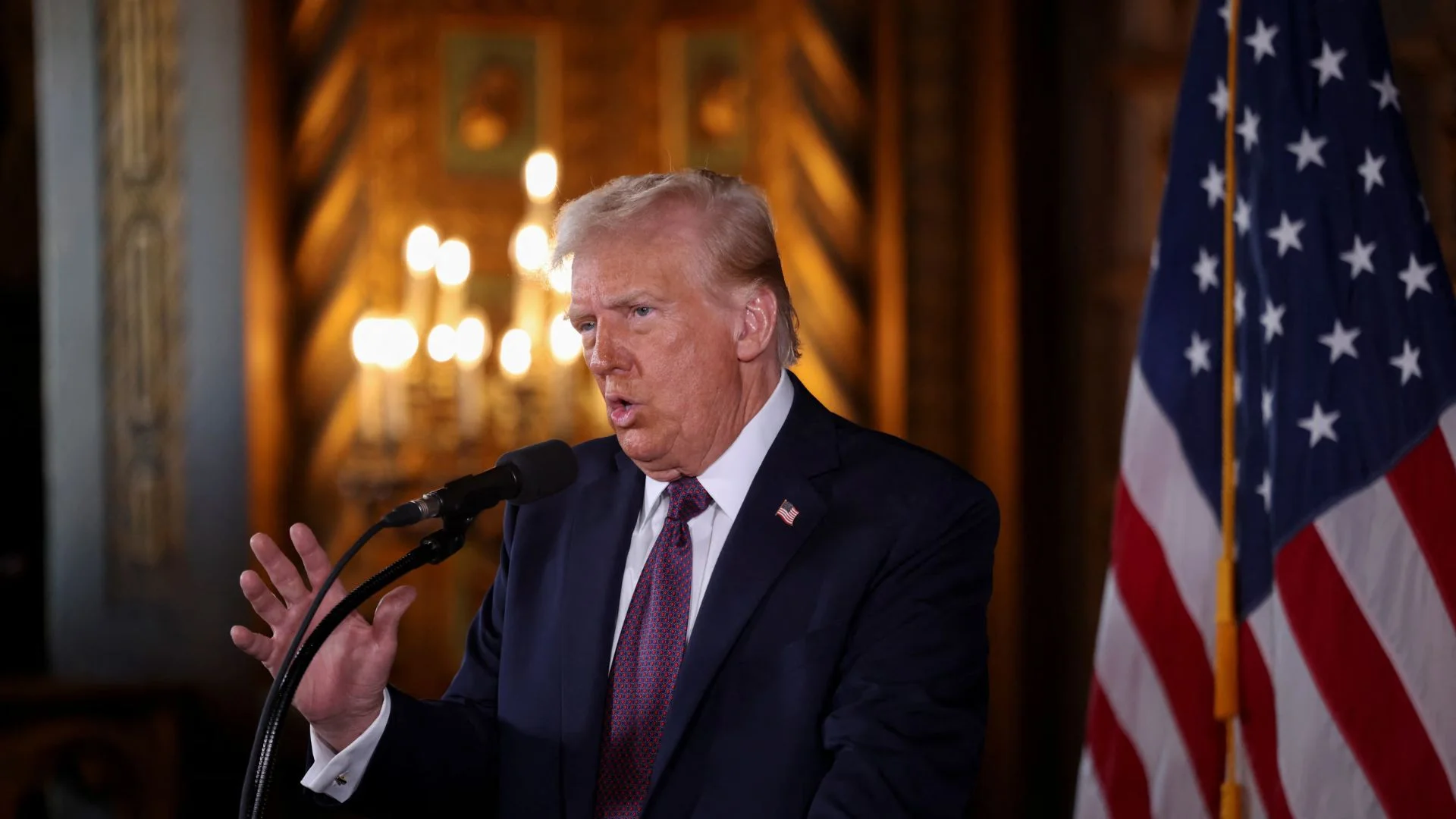After the recent India-China standoff in the Galwan Valley in eastern Ladakh, followed by India’s digital strike on 59 Chinese apps, the fortunes of the Chinese smartphone giants took a tailspin when their shares in the Indian smartphone market dropped to 72% in Q2 of 2020. According to a report published by Counterpoint Research, the Dragon’s firm grip which controlled 81% of the Indian smartphones market in the first quarter of 2020 suffered a huge jolt. Meanwhile, South Korea’s Samsung gained most from the situation and captured the second spot in the smartphone market with 26% share, reaching its highest share in the past two years. However, Xiaomi led the Indian smartphone market with 29% shares.
“The contribution of Chinese brands fell to 72% in Q2 2020 from 81% in Q1 2020. This was mainly due to the mixture of stuttering supply for some major Chinese brands such as OPPO, Vivo and Realme, and growing anti-China sentiment that was compounded by stringent actions taken by the government to ban 59 apps of Chinese origin and delay the import of goods from China amid extra scrutiny. This all resulted from the India-China border dispute during June,” said Shilpi Jain, Research Analyst at Counterpoint Research.
The Covid-19 pandemic wiped-out almost 40 days of production as well as the sales of smartphones due to the nationwide lockdown. During May, the government allowed shops to open and online channel deliveries for non-essential items. As a result, the market witnessed a surge in sales as the lockdown restrictions were slowly lifted. “On the supply side, the factories were shut down in April and started operating in May, which resulted in supply shortages for some manufacturers. Some brands maintained the supply of their products by importing fully assembled handsets. Additionally, the last week of the quarter saw components being held up at customs, which also impacted the supply chain,” said Prachir Singh, Senior Research Analyst at Counterpoint Research.
Despite supply constraints and rising negative consumer sentiment towards China, Xiaomi continued to lead the Indian smartphone market in Q2 2020. Models like Redmi 8A dual, Redmi Note 8 Pro, and Redmi Note 8 continue to attract consumers’ interest due to competitive pricing, strong value propositions, and good channel reach.
Samsung recovered fastest as it reached 94% of pre-Covid levels becoming the second largest brand in Q2 2020. The brand closely followed Xiaomi, increasing its share to 26% in Q2 2020 from 16% during the last quarter. Vivo was also able to manage post lockdown demand well as it exited the quarter with 60% preCovid levels. Realme maintained the fourth spot, though its share declined to 11% as it faced manufacturing constraints due to the shutdown of the factory for almost all of May. However, its newly launched Narzo series performed well in the budget segment and it will look forward to further capitalising on momentum in this segment.
OPPO struggled during the quarter due to supply constraints, it managed to gain mind-share by entering the ultra-premium segment (more than Rs 45,000) with the launch of its 5G flagship ‘Find X2’ series. OnePlus regained its top position in the premium market (more than Rs 30,000) with its newly launched OnePlus 8 series, which also comes with 5G.
Apple remains the leading brand in the ultra-premium segment (more than Rs 45,000) driven by iPhone 11 shipments, though it lost some share to OnePlus in Q2.
“The India-China border standoff has led to a strong anti-China sentiment across consumers,” said Harsh Talwar, Founder & CEO, CASH FOR PHONE. He however added that India needed to move from being just an assembler of mobile phone components to a large-scale manufacturer of the same. “There are three critical components of manufacturing a smartphone—the memory, display and chipset. Two of these three (chipset & memory) are technology driven products that require skilled manpower and uninterrupted electricity. Currently, India imports all three components from China, Korea & Taiwan.”
“The government needs to incentivise local and foreign players to manufacture in India. Some measures have already been taken and the results are reassuring. Samsung opened the world’s largest mobile manufacturing factory in Noida in 2018. Xiaomi now has seven smartphone manufacturing facilities in the country. The company claims that over 99% of products sold in the country are manufactured domestically” Talwar concluded.























